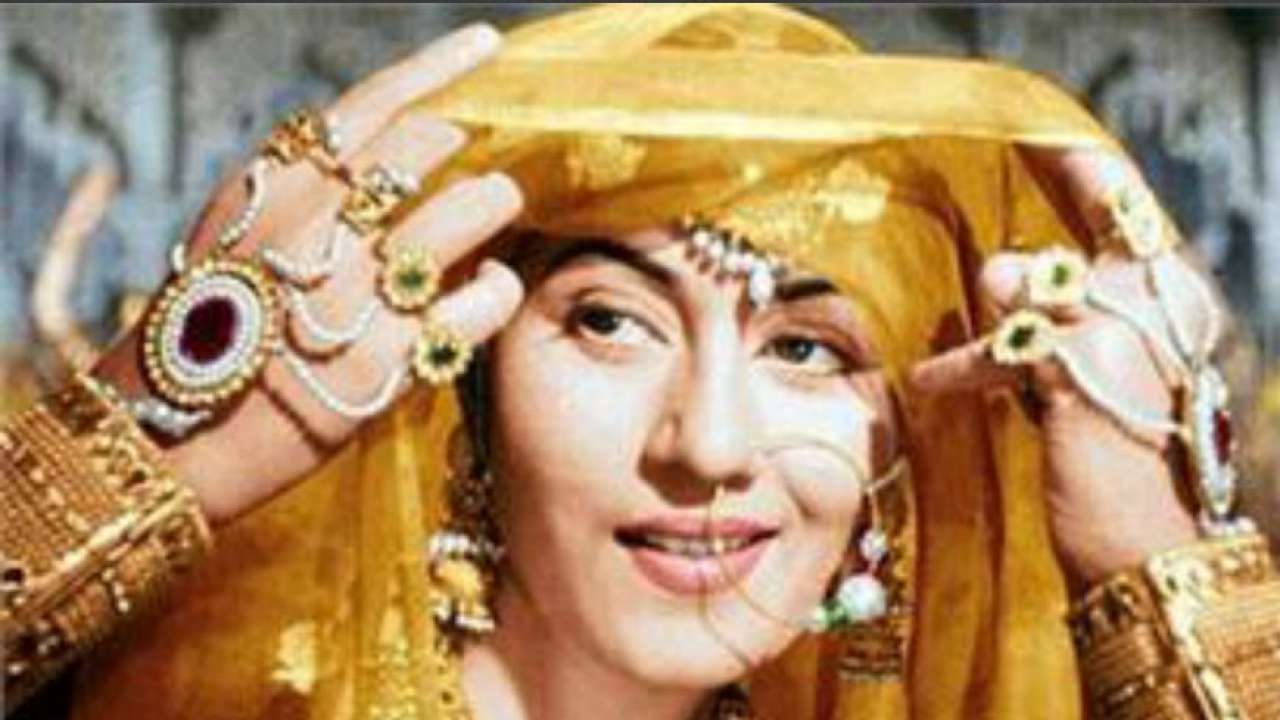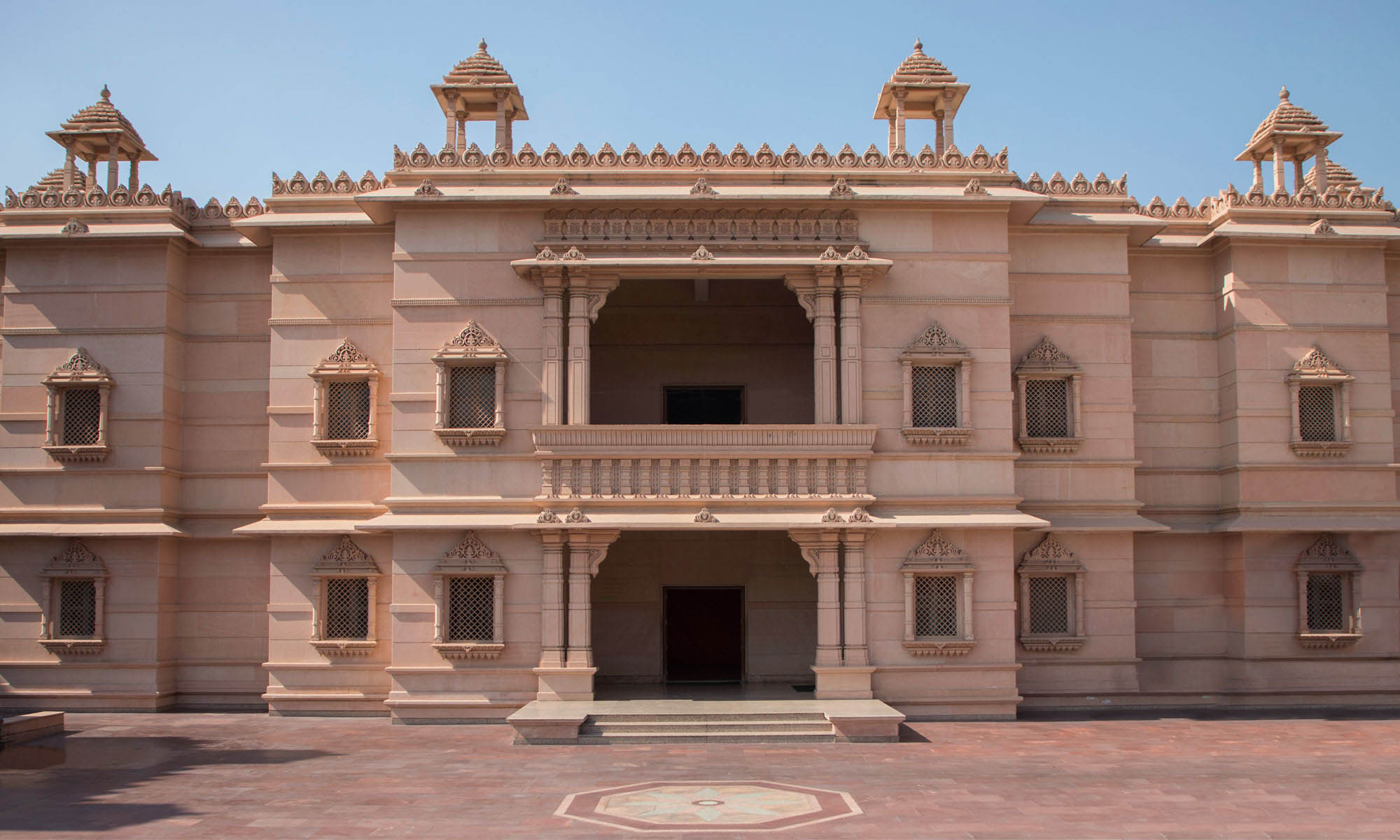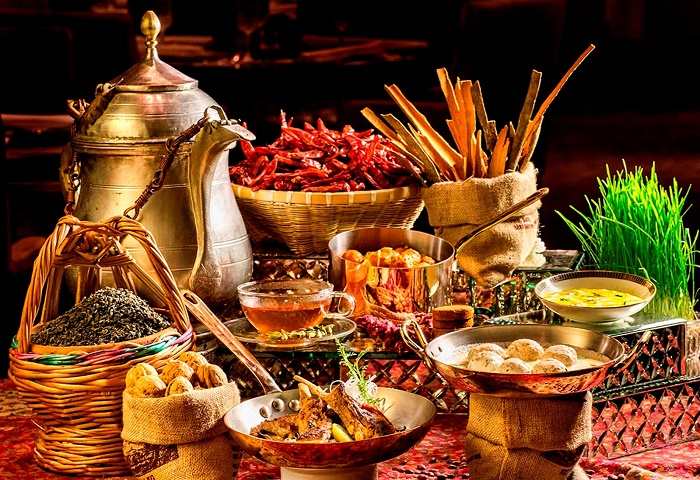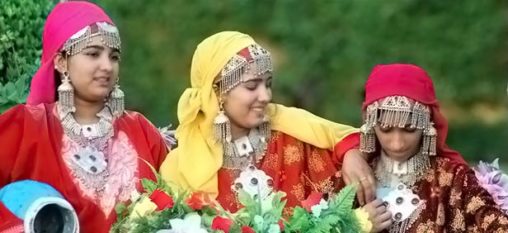
Ranikhet is a popular picturesque hill station situated in Uttarakhand. This popular hill station is located in Almora district. Ranikhet, also known as Queen's Field, is considered as a divine and holy place that offers beautiful and clear panoramic views to the travellers.
 History of Ranikhet
History of RanikhetRanikhet is said to have got its name through a popular legend of Rani Padmini, Queen of Raja Sudhardev who became fond of this awestruck scenic beauty and designated this place as her place of residence. Since then this place came to be known as Ranikhet or the Queen's
Field.

Geography of Ranikhet
Ranikhet positioned at an altitude of 1,869 metres offers a clear picturesque view of the snow-clad mountains, abundant green forests and the aromatic apple orchards make the atmosphere pleasing and filed with ecstasy. Ranikhet is positioned at 29 degree 65 minutes north and 79 degree 42 minutes east.
 Tourism in Ranikhet
Tourism in RanikhetRanikhet offers a memorable and enriched travelling experience. The tranquillity and serene atmosphere of this hill station leaves the spectator enchanted. Some of the places worth visiting in Ranikhet are Golf course, Kalika temple, Jhula-Devi temple, Chaubattia garden, Hairakhan temple, Binsar Mahadev, Dronagiri, Bajinath temple, Katarmal (Sun temple) and Chamarkhan.
Read more : Ranikhet, Uttarakhand





















 History of Glass Painting
History of Glass Painting
 Features of Glass Painting
Features of Glass Painting

 Akshardham Centre for Applied Research in Social Harmony
Akshardham Centre for Applied Research in Social Harmony

















